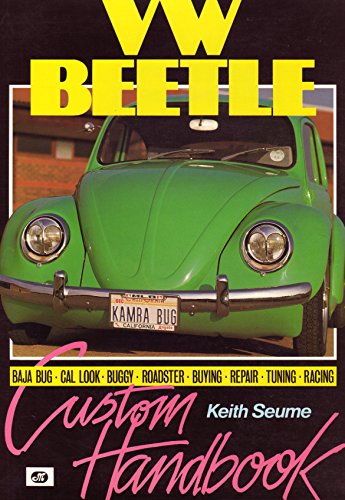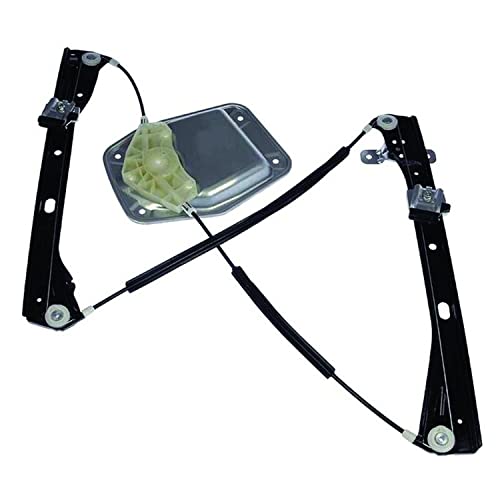There used to be some calculation around 1cm adjuster movement equated 1 inch of wheel/arch height - but I may have misremembered that.
There are variables in moving the adjusters - if its a bespoke custom beam, then usually the adjusters are free in the torsion tubes and move ok. If adjusters have been welded into a stock beam, the internal locaters are often freed off by drilling the spot welds and then whacking the locaters from side to side with a metal bar until they are free - this usually results in adjusters that are very hard to move - in my first beam I cut the tubes open, removed the locators, ground down the edges so they were free then replaced them and welded the tubes back up.
Yeah, it can be a big job, and in reality, its trial and error. Set a day aside, get it done and leave it alone!

























